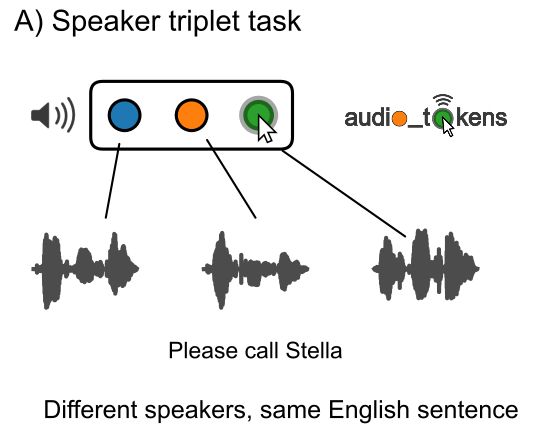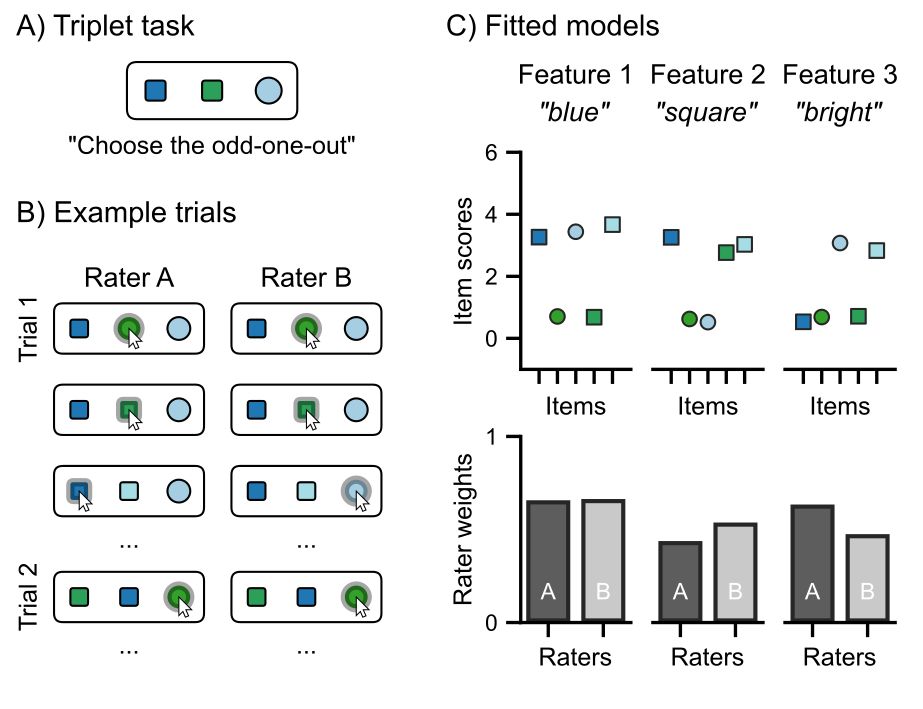
Peter Donhauser
@pwdonh.bsky.social
Cognitive Neuroscience Researcher | Speech & Audition | MEG
Frankfurt, Germany
https://scholar.google.com/citations?user=276f1C0AAAAJ
Frankfurt, Germany
https://scholar.google.com/citations?user=276f1C0AAAAJ
August 29, 2025 at 12:20 PM
The paper discusses in depth the parallels with and potential insights for the bilingual language learning literature. This was a very fun collaborative project together with bilingualism experts @kleind.bsky.social and @kbyers.bsky.social
August 29, 2025 at 12:20 PM
The paper discusses in depth the parallels with and potential insights for the bilingual language learning literature. This was a very fun collaborative project together with bilingualism experts @kleind.bsky.social and @kbyers.bsky.social
The development of parallel phonological representations varied based on the timing of language exposure, showing how earlier-learned languages shape the acquisition of subsequent ones.

August 29, 2025 at 12:20 PM
The development of parallel phonological representations varied based on the timing of language exposure, showing how earlier-learned languages shape the acquisition of subsequent ones.
We show that multiple phonological systems are organized through parallel representations, preserving the unique aspects of each language while maintaining shared articulatory features (here e.g. manner of articulation and consonant voicing).
August 29, 2025 at 12:20 PM
We show that multiple phonological systems are organized through parallel representations, preserving the unique aspects of each language while maintaining shared articulatory features (here e.g. manner of articulation and consonant voicing).
The development of parallel phonological representations varied based on the timing of language exposure, showing how earlier-learned languages shape the acquisition of subsequent ones.

August 29, 2025 at 12:14 PM
The development of parallel phonological representations varied based on the timing of language exposure, showing how earlier-learned languages shape the acquisition of subsequent ones.
We show that multiple phonological systems are organized through parallel representations, preserving the unique aspects of each language while maintaining shared articulatory features (here e.g. manner of articulation and consonant voicing).

August 29, 2025 at 12:14 PM
We show that multiple phonological systems are organized through parallel representations, preserving the unique aspects of each language while maintaining shared articulatory features (here e.g. manner of articulation and consonant voicing).
I feel like you're already missing a spotlight here by not providing a link to your paper:)
February 14, 2025 at 2:05 PM
I feel like you're already missing a spotlight here by not providing a link to your paper:)
C, on all dimensions.
February 6, 2025 at 5:48 PM
C, on all dimensions.
February 6, 2025 at 3:46 PM
Thanks to @davidpoeppel.bsky.social and the members of the Poeppel lab for their support and feedback on this work.
February 6, 2025 at 3:46 PM
Thanks to @davidpoeppel.bsky.social and the members of the Poeppel lab for their support and feedback on this work.
We demonstrate the approach on a dataset collected using a speaker odd-one-out task, where we show that people’s first language can shape how they perceive continuous and categorical aspects of accents.

February 6, 2025 at 3:46 PM
We demonstrate the approach on a dataset collected using a speaker odd-one-out task, where we show that people’s first language can shape how they perceive continuous and categorical aspects of accents.
Item-level fitting, on the other hand, provides an estimate of the information present in the data that is not accounted for by prior knowledge and remains to be explained. We can use the fitted models for exploration and hypothesis generation.
February 6, 2025 at 3:46 PM
Item-level fitting, on the other hand, provides an estimate of the information present in the data that is not accounted for by prior knowledge and remains to be explained. We can use the fitted models for exploration and hypothesis generation.
(Q2) However, we show in simulations how to incorporate design matrices in the model fit. This allows us to quantify how well participants' odd-one-out choices can be explained using prior knowledge (here: stimulus categories).

February 6, 2025 at 3:46 PM
(Q2) However, we show in simulations how to incorporate design matrices in the model fit. This allows us to quantify how well participants' odd-one-out choices can be explained using prior knowledge (here: stimulus categories).
Both the stimulus feature space and individual rater weights are optimized in a combined procedure using backpropagation. The model can be fitted without taking prior knowledge into account.
February 6, 2025 at 3:46 PM
Both the stimulus feature space and individual rater weights are optimized in a combined procedure using backpropagation. The model can be fitted without taking prior knowledge into account.
(Q1) In this task, human raters have to choose the odd-one-out in a triplet of 3 stimuli. In this simulated example two raters disagree on 1 triplet. Our approach assumes a common feature space that describes stimuli, but raters can weigh features differently in their choices.

February 6, 2025 at 3:46 PM
(Q1) In this task, human raters have to choose the odd-one-out in a triplet of 3 stimuli. In this simulated example two raters disagree on 1 triplet. Our approach assumes a common feature space that describes stimuli, but raters can weigh features differently in their choices.

